The second annual Zachary Richard Podkul (ZRP) Memorial Scholarship Challenge at Michigan Tech has come to delicious completion, as students produced cookie cutters that reflect their fellow Husky's passion for machine design and cooking.
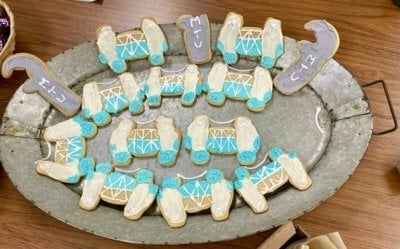
Remembering Zach
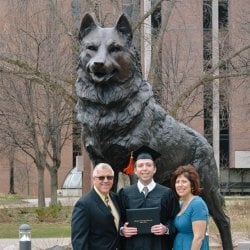
Richard T. and Catherine F. Podkul established an endowed scholarship in honor of their son, Zachary Richard Podkul ’18, who earned a B.S. in Mechanical Engineering Technology. He suffered from Crohn’s disease, and died in 2020 at age 25. Thankfully, Zach's wonderful legacy lives on here at Michigan Tech, now and always.
For the 2022 memorial scholarship challenge, students in the Department of Manufacturing and Mechanical Engineering Technology (MMET) set out to design a cookie cutter — one the department could send out to prospective students, employers and alumni. Students were required to provide an NX CAD assembly model of the process used to manufacture their design.
Challenge sponsors Richard and Cathy Podkul wanted to honor their late son Zachary with a design contest that incorporated his interests. Students began their thought process on what to design after the contest was announced toward the end of the fall 2021 semester.
During spring semester, second-year mechanical engineering technology (MET) students enroll in a parametric 3D CAD modeling course that teaches them how to use Siemens NX CAD modeling software. During spring 2022, many of the course's students submitted entries for the cookie cutter contest.
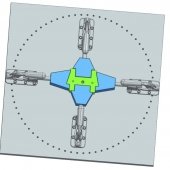
A CAD modeling of the winning lift-bridge-shaped cookie cutter designed by MET student Hunter Wilke.
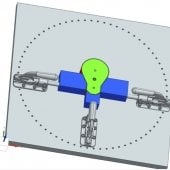
A lightbulb-shaped cookie cutter submitted by MET student Luz Aparicio — one of three designs that tied for second place.
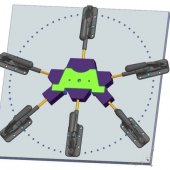
A lift bridge cookie cutter designed by MET student Patrick Moeller, which finished in a three-way tie for second place.
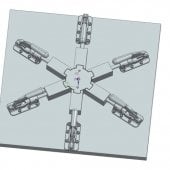
A gear-shaped cookie cutter by MET student Ben Engle tied with two other designs for second place.
To help get them started, students were provided with a 3D CAD assembly model as a guide for size and configuration. Later, this design was substituted with a wrench shape to use as a prototype, so students could test how the cookie cutter assembly operated prior to submitting their own entries.
MMET machine shop student workers — with assistance from master machinist Scott Meneguzzo and the shop's operations/facilities supervisor, Nick Hendrickson — produced a working model of the cookie cutter manufacturing fixture. After two design iterations of the 3D printed pushers connected to the clamps, the first successful wrench-shaped test cookie cutter was produced.
The cookie cutter was made using a thin strip of brass cut to the precise circumference of the cutter outline. It was then formed into a hoop, spot-welded together and tempered for formability. Each clamp is manually operated and has a 2,500-pound holding force. The cookie cutter form in the center was 3D-printed on the Fortus 400MC Stratasys 3D Printer, located in the MMET department’s Polymeric Additive Manufacturing Facility.

If you ever wondered how cookie cutters are made, take a look at the process in the video that served as inspiration for the challenge.
Many interesting cookie cutters designs were evaluated by the contest judges on the basis of these criteria:
- Parametric — 3D CAD model(s) utilized sketches fully constrained with parametric features and fully constrained parts in the assembly.
- Originality — A unique and innovative design.
- Optimized — The design minimized use of material, while not compromising strength.
- Manufacturability — The part’s ability to be easily formed in a manufacturing fixture.
- Ease of use — The manufactured design is ergonomic and simple to use.
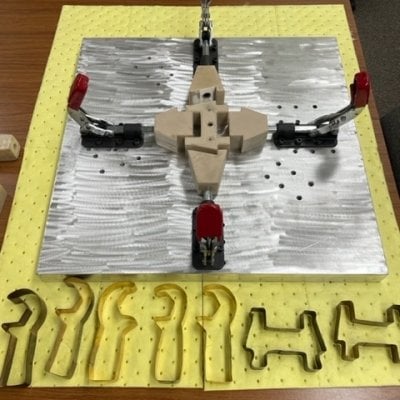
The results? The winning cookie cutter was designed by Hunter Wilke, who chose to model the Portage Lake Lift Bridge. Three students tied for second place in the contest: Ben Engle, who designed a gear-shaped cookie cutter; Luz Aparicio, who designed a lightbulb; and Patrick Moeller, who also designed a Portage Lake Lift Bridge cookie cutter. Winners were presented with certificates at an awards ceremony April 19, which was also a celebration of Zachary’s birthday.
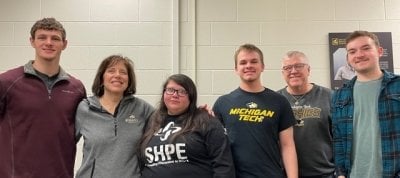
Congratulating the 2022 ZRP Memorial Scholarship Challenge winners. From left, Hunter Wilke, Cathy Podkul, Luz Aparicio, Patrick Moeller, Richard Podkul, and Ben Engle.
The next challenge for the Podkuls, together with Michigan Tech MMET department faculty, will be to develop the idea for the third annual memorial scholarship. Given Zach’s love of cooking, the outdoors and nature, writing, and poetry, and his curiosity for discovering how things work, it could be just about anything!
Michigan Technological University is an R1 public research university founded in 1885 in Houghton, and is home to nearly 7,500 students from more than 60 countries around the world. Consistently ranked among the best universities in the country for return on investment, Michigan's flagship technological university offers more than 185 undergraduate and graduate degree programs in science and technology, engineering, computing, forestry, business, health professions, humanities, mathematics, social sciences, and the arts. The rural campus is situated just miles from Lake Superior in Michigan's Upper Peninsula, offering year-round opportunities for outdoor adventure.
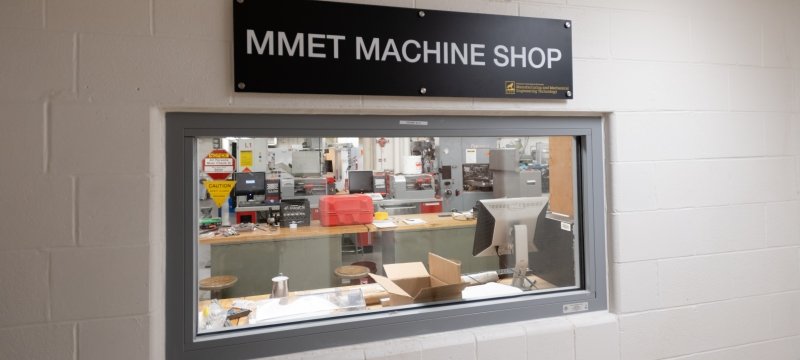
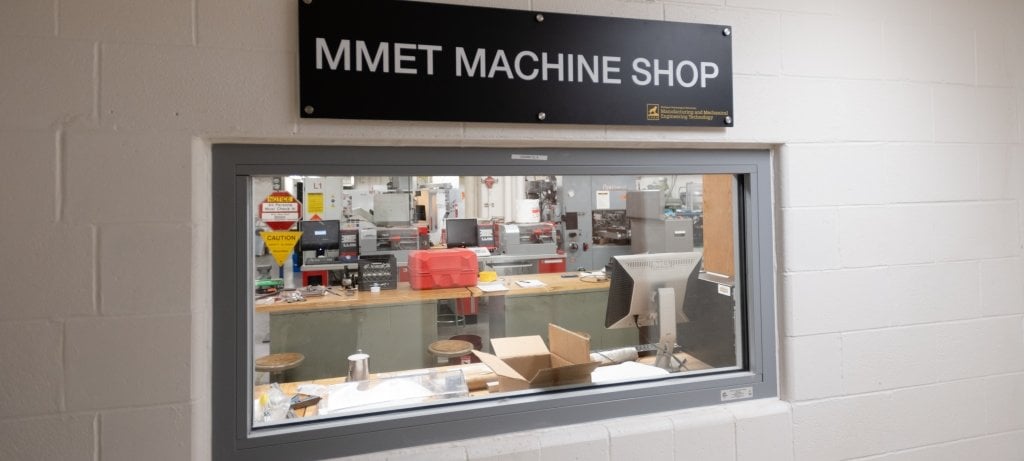


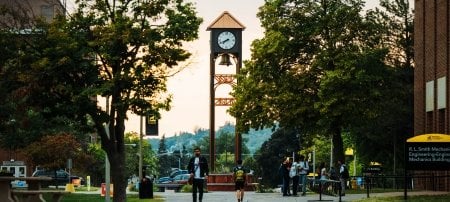

Comments